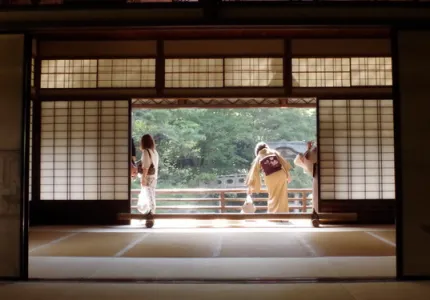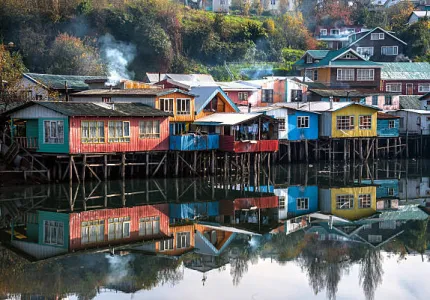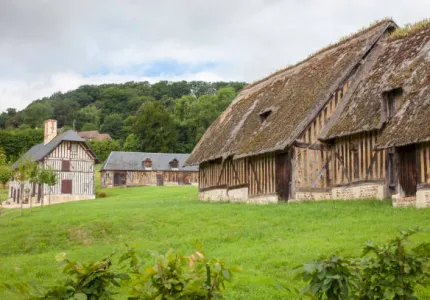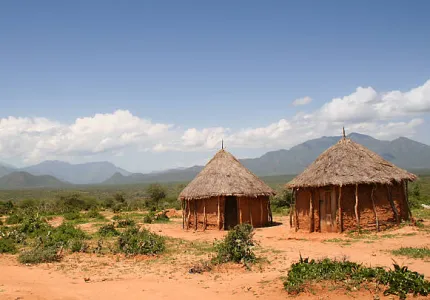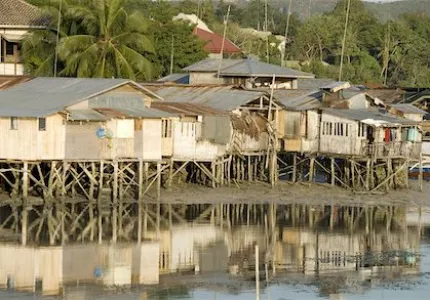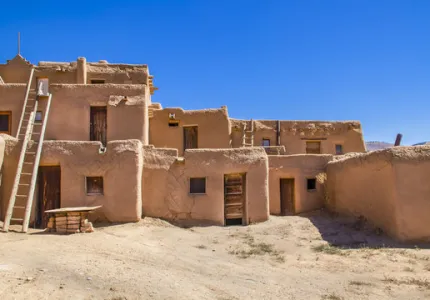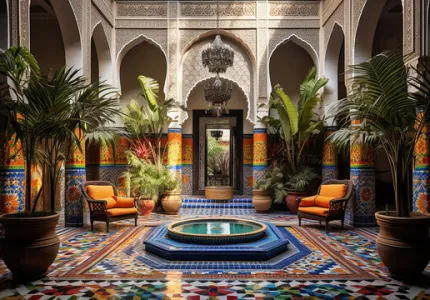Homes around the world
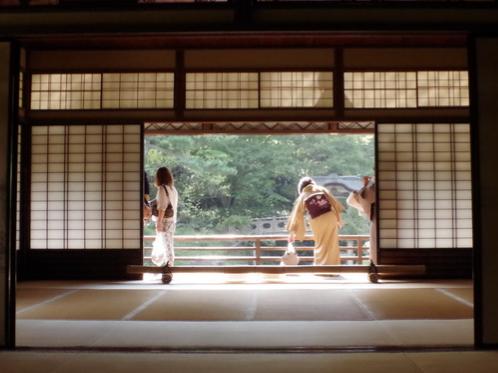
Here’s an overview of different types of homes from around the world, each reflecting unique architectural styles, cultural significance, and local materials:
1. Igloo (Inuit) – Arctic Regions
- Materials: Ice blocks and compacted snow
- Climate Adaptation: These dome-shaped structures are designed to retain heat, providing shelter in extreme cold.
- Features: Circular with a small entrance, the igloo efficiently conserves heat, making it perfect for Arctic climates.
2. Riad (Morocco) – North Africa
- Materials: Clay, plaster, tiles
- Climate Adaptation: With thick walls and central courtyards, Riads are designed to keep interiors cool in the desert heat.
- Features: Enclosed with a garden or fountain in the center, Riads often have intricate geometric tile work and arches.
3. Yurt (Mongolia) – Central Asia
- Materials: Felt, wood, canvas
- Climate Adaptation: Yurts are portable, insulated homes that can withstand harsh, windy climates while allowing easy movement for nomadic tribes.
- Features: Circular and easy to assemble, they provide warmth and ventilation with a central hearth.
4. Tudor Houses (England) – Europe
- Materials: Timber frames, brick, stone
- Climate Adaptation: Thick walls offer insulation against cold English winters.
- Features: Characterized by steeply pitched roofs, large chimneys, and timber framing with a white plaster exterior.
5. Favelas (Brazil) – South America
- Materials: Corrugated metal, bricks, reclaimed materials
- Climate Adaptation: Often built on steep hillsides, these informal settlements adapt to densely populated urban areas.
- Features: Though built with limited resources, these homes foster strong community bonds and vibrant cultural expressions.
6. Mud Hut (Africa) – Various Regions
- Materials: Mud, straw, and wooden poles
- Climate Adaptation: Mud huts stay cool in the hot climate, and their simplicity makes them sustainable and easy to repair.
- Features: Circular with a thatched roof, these homes are common in rural African communities and provide basic yet effective shelter.
7. Stilt Houses (Southeast Asia) – Thailand, Vietnam
- Materials: Wood, bamboo
- Climate Adaptation: Elevated above the ground to avoid flooding and provide ventilation in hot and humid climates.
- Features: Built over water or on flood-prone land, these homes have airy interiors and large verandas.
8. Adobe Houses (Southwestern USA, Mexico) – North America
- Materials: Sun-dried earth, clay, straw
- Climate Adaptation: Adobe bricks provide excellent thermal mass, keeping homes cool during the day and warm at night.
- Features: Thick walls, flat roofs, and small windows are typical, with a natural earthy appearance blending into desert landscapes.
9. Chaumière (France) – Europe
- Materials: Thatch, wood, brick
- Climate Adaptation: Thick thatched roofs protect against rain and cold, typical of Normandy's countryside.
- Features: These quaint homes often have half-timbering and picturesque, steeply pitched roofs.
10. Palafitos (Chile) – South America
- Materials: Wood, bamboo
- Climate Adaptation: Built on stilts over water, these homes are designed to handle coastal environments with rising tides.
- Features: Colorful houses often found in coastal or lake areas, raised to prevent flooding.
11. Trullo (Italy) – Southern Europe
- Materials: Limestone, dry stone
- Climate Adaptation: Thick stone walls keep interiors cool in the Mediterranean heat.
- Features: Conical stone roofs are the defining feature of these unique homes, commonly found in Puglia.
12. Shōji Houses (Japan) – East Asia
- Materials: Wood, paper (rice paper)
- Climate Adaptation: These homes offer flexibility in space use and ventilation through sliding paper doors.
- Features: Minimalistic interiors, tatami mats, and sliding shōji screens characterize traditional Japanese homes, designed for simplicity and harmony.
13. Casa Barroca (Portugal) – Europe
- Materials: Stone, brick, tiles
- Climate Adaptation: Thick stone walls protect from heat in summer and insulate in winter.
- Features: These homes often feature terracotta roofs, ornate tile work, and small, shuttered windows.
14. Bahay Kubo (Philippines) – Southeast Asia
- Materials: Bamboo, nipa palm, thatch
- Climate Adaptation: Designed to be cool and airy, with open spaces that allow ventilation in tropical climates.
- Features: Elevated on stilts, these homes have wide windows and large open living areas to let in the breeze.
15. Cape Dutch House (South Africa) – Africa
- Materials: Whitewashed brick, thatch
- Climate Adaptation: Thick walls and thatched roofs help to keep the homes cool in hot, dry climates.
- Features: Gabled facades and grand, symmetrical layouts mark these homes, which were originally built by Dutch settlers.
Each of these homes reflects the culture, climate, and history of the regions they originate from, showcasing the diversity of living spaces across the globe.

